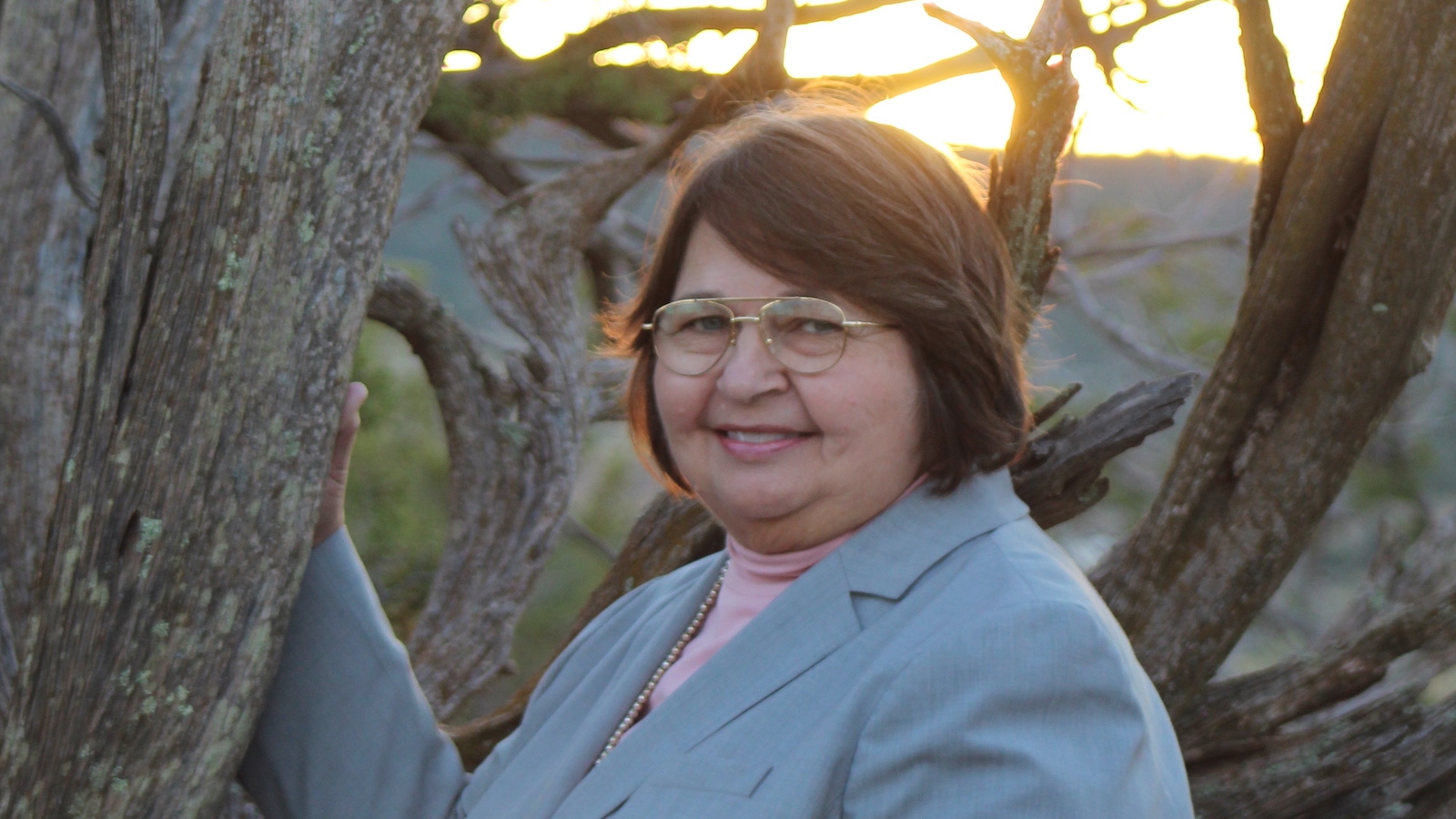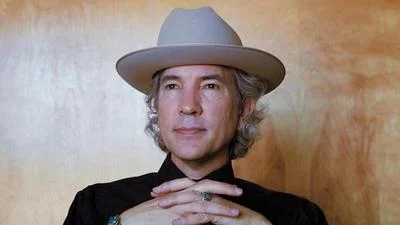Originally published on USDA Newswire.
If you ever thought the Old West was harsh, those outlaws and renegades had nothing on today’s US Department of Agriculture’s (USDA) U.S. Forest Service (USFS) and Wildlife Services.
On February 10 and 11, Wildlife Services gunned down 65 head of cattle in the Gila Wilderness. They did it with a sniper in a helicopter.
The sniper shot 29 bulls, 32 cows and four calves. The large number of cows versus the small number of calves slaughtered virtually guaranteed that calves have likely died from starvation or predator attacks since the government’s slaughter.
How Did We Get Here?
Over time cattle have strayed from active and now-vacant USFS Forest Service allotments and nearby private lands into the Gila Wilderness. In the past at least one agreement was struck between the USFS and the New Mexico Livestock Board (NMLB) to remove some of these cattle via horseback, according to past and long-time Chairman Bill Sauble. Unfortunately, neither agency can locate that agreement now.
Since the USFS has systematically retired grazing allotments in the area, the problem has gotten worse. There are no neighbors to help gather cattle that escape through broken fences or gates. With an increasing, unmanaged number of elk in the area, maintaining those fences is a constant task for any rancher.
Making matter worse, the USFS removed all infrastructure, fences, livestock corals and anything else that might allow livestock to be gathered and removed.
The urgency in removing stray cattle from the Gila took center stage in early 2020 when the CBD filed a lawsuit against the USFS charging riparian damage by livestock, although there are also abundant elk herds in the area. Then, the USFS asked former State Senator Gabe Ramos to request state funding to remove the stray livestock. That plan did not meet with the satisfaction of livestock trade organizations or the NMLB.
Rumors spread last Spring that the USFS intended to start aerial gunning of the livestock. That caused an uproar not only in the ranching community but from the public as well. In response, the New Mexico Cattle Growers’ Association (NMCGA) and others sent a notice of intent to sue to the agency. The Grant County Soil & Water District (GCSWD) tried to work with the USFS. They held a meeting with the Gila National Forest Supervisor to find out what could be done to keep cattle from being slaughtered with a helicopter and a sniper.
The USFS indicated willingness to work on the problem and admitted that it had a hand in creating it, but also claimed it didn’t have money to solve it. At that meeting the USFS stated that they would not immediately begin with the slaughter, but there needed to be plan in place to start removing the cattle.
The USFS offered money to the GCSWD or other local organizations to get the cattle removed. But that was a bigger project than the locals could tackle alone. The GCSWD offered to find funding for cowboys to gather the livestock.
A discussion draft of a proposal was sent to the NMLB as a starting point for discussion. Instead, the NMLB called a meeting on the issue, took testimony and went into executive session. When the meeting resumed, the Board members voted against assistance, although they stated they were vehemently opposed to the killing of the cattle.
In the Fall, the USFS settled the CBD lawsuit and hired a contractor who used both a helicopter and cowboys to gather the cattle, estimated to be 250 head or more. That contractor met with limited success. USFS officials repeatedly stated that there would be no mass slaughter of the livestock.
Unexpectedly, word got out in February that the federal agencies planned to begin aerial slaughter within days. Work began immediately on several fronts to stop this action. A law firm was retained to obtain a temporary restraining order to stop the killing.
U.S. Congresswoman Yvette Herrell took immediate action to work with the head of the USFS and USDA. New Mexico trade organizations and area ranchers met with USFS leadership in the state.
Wildlife Services and the USFS flew cattle-spotting missions during the week of February 7. Work to stop the slaughter went forward on every front. On February 8, the DOJ told the law firm there would be no killing in 2022. Three hours later, the USFS said they planned to start shooting on February 10. Federal District Judge James O. Browning ruled that as long as there was no regulation prohibiting the USFS from killing the cattle, it could.
Congresswoman Herrell’s office was informed that 47 head had been shot on Feb. 10, and that the helicopter was up again. Another 18 head were shot on Feb. 11. More would have been killed or wounded but high winds forced the helicopter to land earlier than planned. The sniper and the helicopter left New Mexico. The USFS says it has no plans to continue shooting in the Wilderness anytime soon because spotted owl nesting season began on March 1.
Information about what happened in the Wilderness has been slow to get out because the USFS slapped a closure order on the killing sites through February 28. The New Mexico Livestock Board was able to get photos of two bulls. They were dead, lying in the Gila River. The USFS had said there would be no killing in the River. When confronted, the USFS responded that it had not killed those particular animals, someone else must have done it.
The agency has since changed its tune, admitting that the animals were part of the killing spree and have announced plans to remove the animals in the river.
Photo evidence has started to leak. The evidence demonstrates just how horrendous the killing spree was. Animals had their legs shot out from under them. Animals were shot in the eye. Baby calves whose mothers had been shot were seen wandering, now dogies. It appears that at least two weapon types were used by the sniper.
More evidence will be forthcoming. The investigation and litigation efforts will continue, and will be expensive. But it is necessary to keep the government from ever again committing such an atrocity.
If you’d like to help by making a donation, please visit: https://givesendgo.com/savecattlenow








